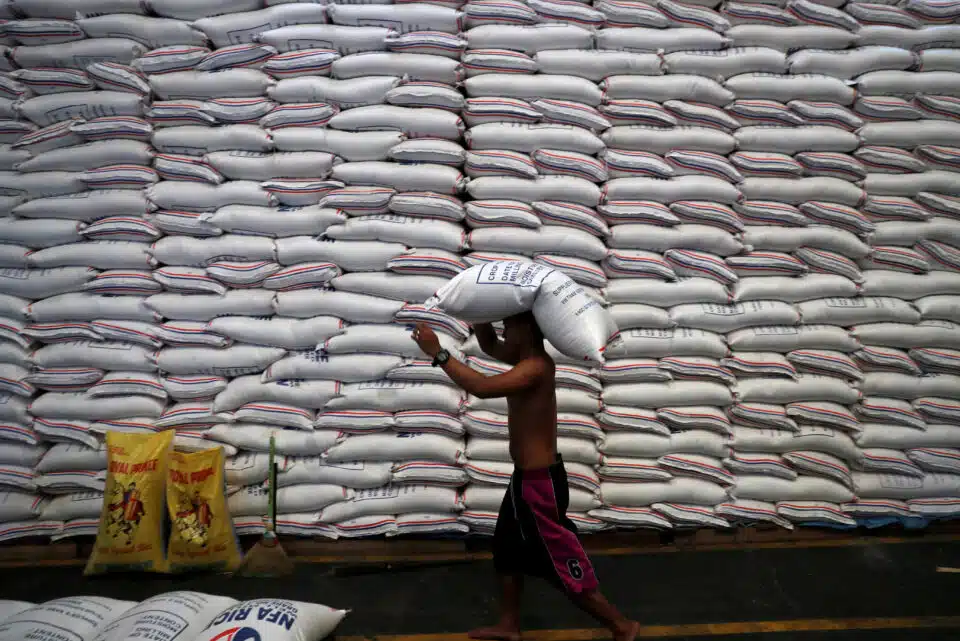BEIJING, April 13 — There is a possibility of a substantial rise in energy and food costs in 2024 which could potentially exacerbate inflation in Asia, according to the Boao Forum for Asia: Asian Economic Outlook and Integration Progress Annual Report 2024 released recently.
The report said global commodity prices are anticipated to persistently fluctuate at elevated levels throughout 2024, impacted by geopolitical situations and extreme weather events.
It added that the dynamics of commodity prices are among the factors influencing inflation in the region and noted that the decrease in the rate of inflation in 2023 was largely driven by the decline in commodity prices.
The non-profit Boao Forum was initiated by more than 20 Asian countries and Australia in the 2000s. It holds high-level forums involving leaders from the government, business and academia in Asia and other continents to share pressing regional issues.
Citing International Monetary Fund (IMF) statistics, the report said the international commodity price index peaked in August 2022 and gradually declined thereafter.
Until November 2023, it had decreased by 32 per cent compared to its peak. Specifically, the food price index decreased by 9.0 per cent and the energy price index dropped by nearly 50 per cent.
In the same vein, SPI Asset Management managing partner Stephen Innes said events such as droughts could disrupt agricultural production, leading to supply shortages and a rise in food prices.
Similarly, geopolitical tensions, trade disputes and sanctions could affect the supply and distribution of energy resources, contributing to higher energy prices.
“The continued global economic recovery and increased commodity demand may further exacerbate price pressures. It is crucial to closely monitor these factors to assess their potential impact on energy and food costs throughout the year,” he told Bernama.
Another factor influencing inflation is Asian currency exchange rate dynamics. The report noted that persistent currency devaluations would lead to risks of imported inflation.
It noted that with the end of the US Federal Reserve’s (Fed) interest rate hikes and the possibility of interest rate cuts in 2024, the interest rate gap between Asian economies and the US would narrow, which would help reduce the pressure on Asian currencies against the US dollar.
“Some currencies may appreciate against the US dollar. This is beneficial as it would reduce the pressure of imported inflation in Asia,” it added.
However, there may be a new round of capital inflows into Asia as expectations for the Fed to cut rate strengthen, which will likely push up prices in Asia to some extent.
Dynamic of Asian currencies
Innes pointed out that global central banks are anticipated to reduce borrowing costs as global inflation recedes from the multi-decade highs experienced in many countries over the past few years.
Several institutions, particularly those in emerging markets, have initiated rate cuts, with many more expected to follow suit throughout the year, including the Fed, European Central Bank, and Bank of England.
Conversely, Innes said China has been grappling with the opposite issue, as disinflation has prompted policymakers to lower interest rates to stimulate the economy.
However, this move has affected Asean currencies adversely. Being relatively weaker currencies, they are “defenceless” and are unable “to mitigate imported price pressures”, Innes explained.
On Bank Negara Malaysia’s (BNM) overnight policy rate (OPR), Innes said the central bank might maintain the OPR to support economic growth and stability, but unexpected economic or external changes could prompt it to adjust its monetary policy stance.
“It’s a tricky point because the local economy could do with a rate cut to stimulate growth; but the ringgit would weaken, driving imported inflation pressures. So the BNM is between a rock and a hard place,” Innes said.
He noted that even though the ringgit may face further depreciation risks, it is crucial to consider Malaysia’s strong economic fundamentals, robust external balances, and prudent monetary policies.
“It will be essential to keep track of global market developments, especially Fed’s policy and domestic economic indicators, to assess the outlook,” he added.
— Bernama





